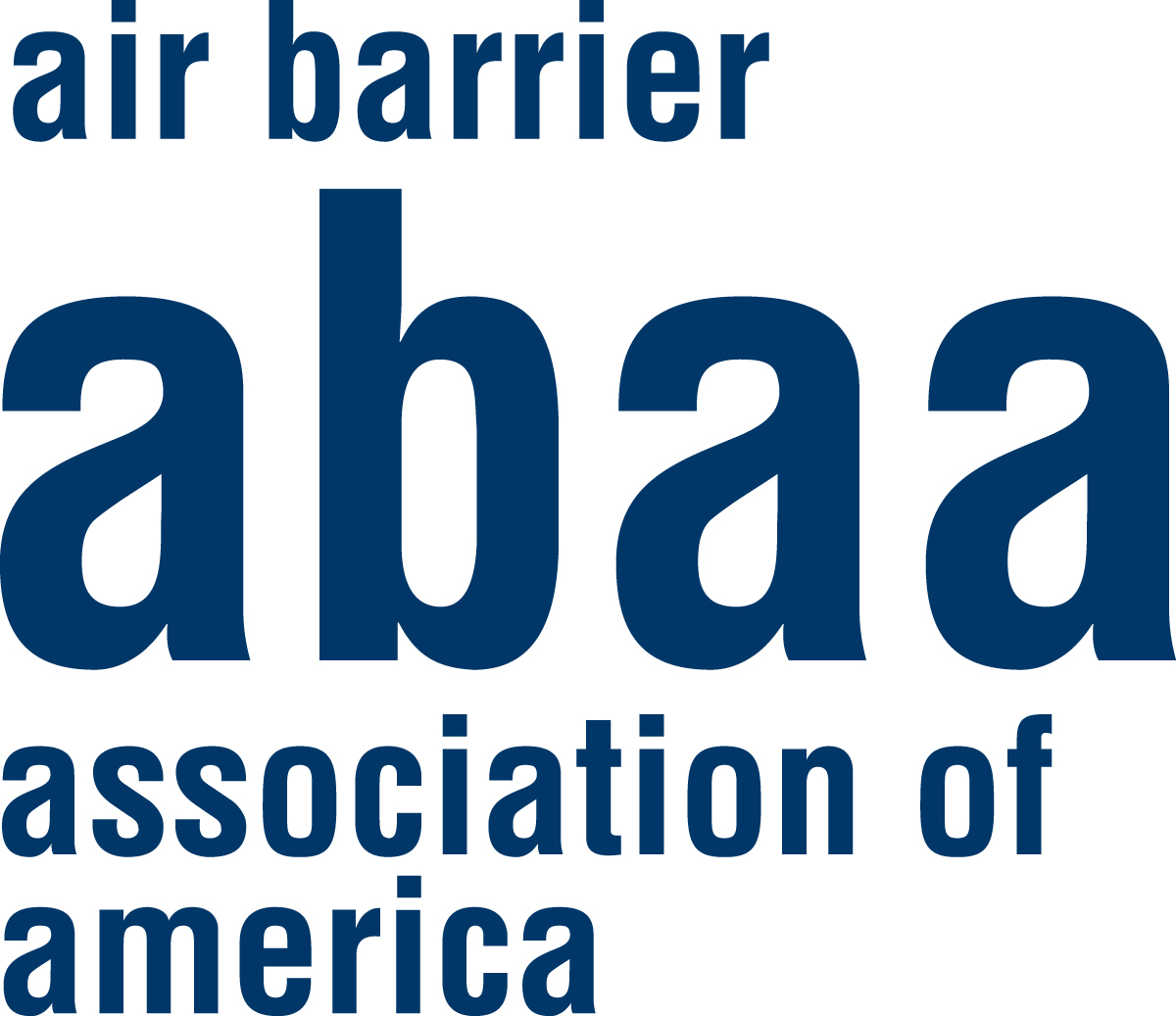The Air Barrier Association of America (ABAA) is a national, not-for-profit trade association that consists of a wide cross section of stakeholders in the building enclosure industry. Their membership, which is over 630 member companies, includes manufacturers, architects, engineers, trade contractors, researchers, testing & audit agencies, consultants and building owners. ABAA is the national voice of the air barrier industry and the number one resource for anything to do with air and moisture barriers. ABAA provides 3 main services to the building community:
- Quality Assurance Program for Air Barrier Installations by delivering premier training for trades, personnel certification, air barrier material evaluations, contractor accreditation, site quality control audits, conflict resolution and technical support.
- Technical Resources that include guide specifications, technical publications, standards, test methods, articles and research papers.
- Education including full day, ½ and typical lunch and learn seminars and works to delivery and delivers the education in coordination with CSI chapters, AIA chapters and Building Enclosure Councils across the U.S.
The ABAA website is a great resource for specifiers when designing a building and ABAA can assist you in reviewing your specifications and providing language to include requirements for the ABAA quality assurance program.










